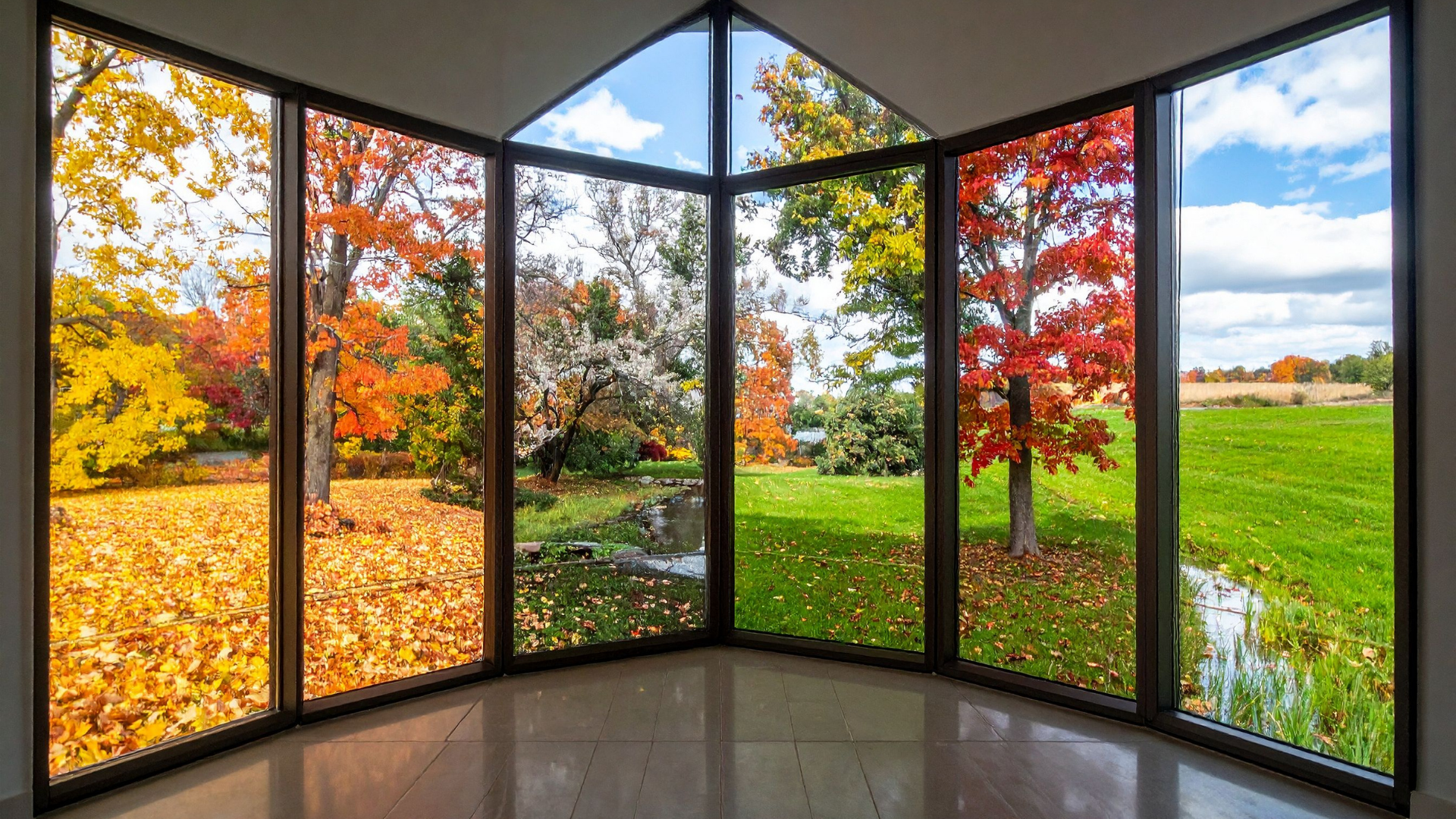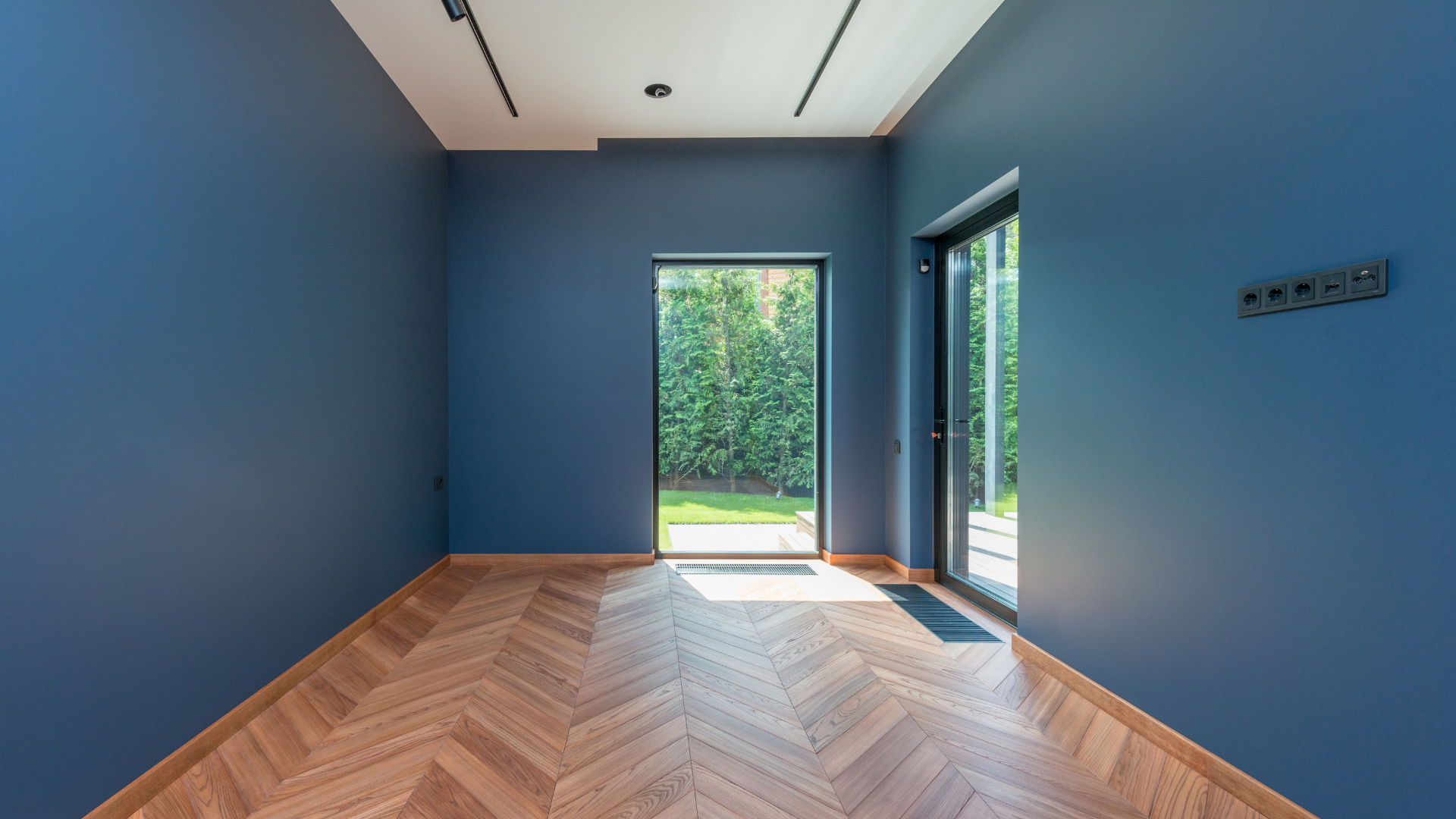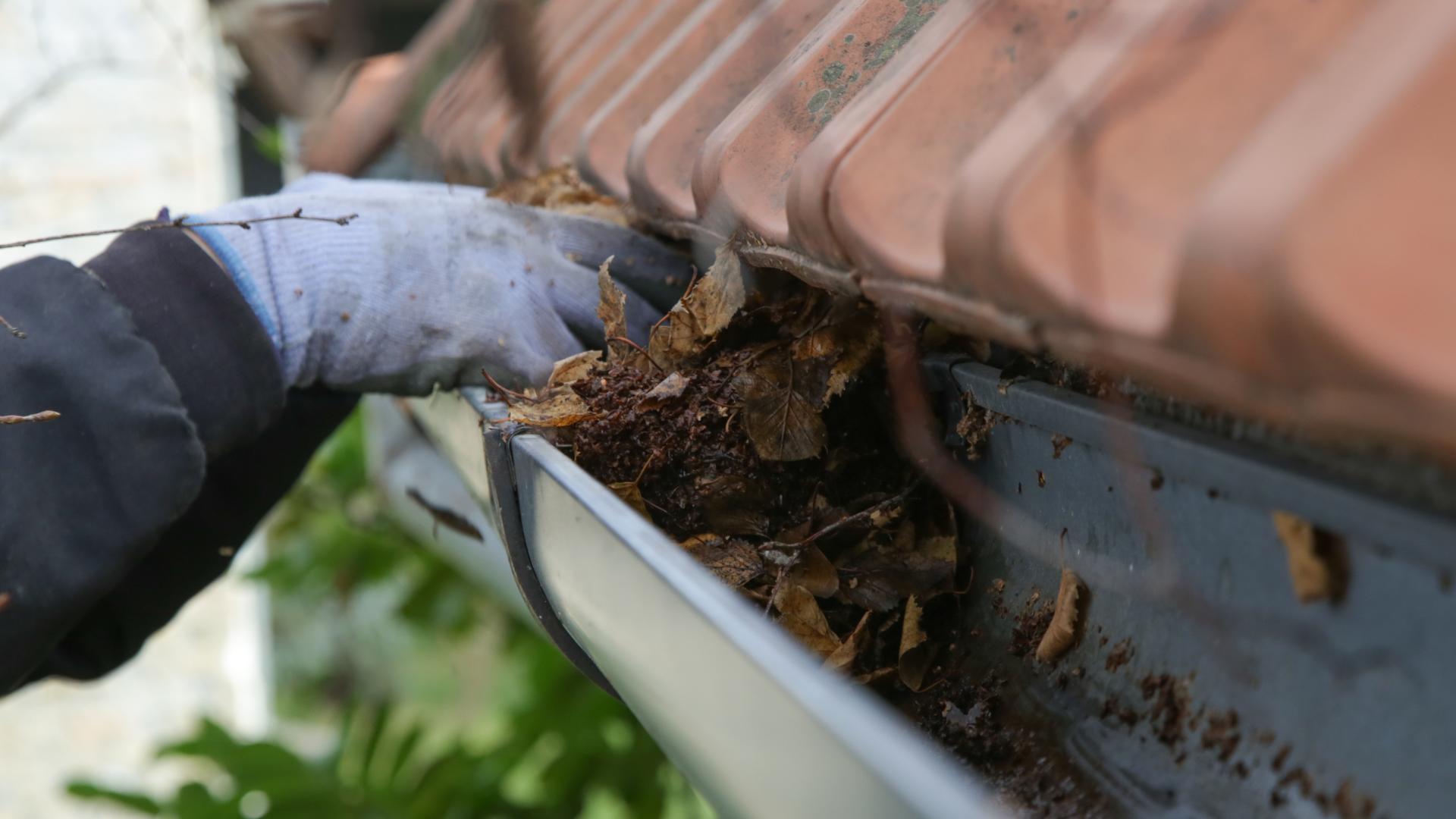Preparing A Home For The Winter Season
Winter Maintenance Tasks That Prevent Costly Repairs
Winter tends to bring more than just snow and frosty mornings. For many homeowners, it’s a season that quietly tests the durability of a property in ways that often go unnoticed until damage is already done. Cold air seeps into the smallest cracks, ice pushes against roofs and gutters, and frozen soil shifts around the foundation. These seasonal stressors can take a toll, and if they’re ignored, the problems they cause often show up later as expensive repairs.
Think about how water behaves in freezing temperatures. When it expands as ice, it can wedge itself into gaps in siding, roofing materials, or even concrete. Those small separations then grow larger as the freeze-thaw cycle repeats. At the same time, moisture from heavy snow or prolonged rainfall tends to linger, and that excess dampness can create problems with wood structures, insulation, and even indoor air quality. By addressing potential weak spots before the temperatures dip too far, you can save yourself from the headache of major fixes once the thaw returns.
Protecting The Structure From Weather-Related Stress
The strength of any home lies in its exterior, and winter is when that shell is pushed to its limits. One of the biggest challenges comes from the roof. Snow buildup may not look threatening at first, but over time the added weight strains shingles, flashing, and underlying supports. Ice dams, which form when melting snow refreezes along the eaves, trap water in places where it shouldn’t be. That trapped water often finds its way under shingles and into ceilings or walls, leading to costly leaks. Taking steps to keep gutters clear and ensuring that attic insulation regulates roof temperature are practical ways to lower those risks.
Another overlooked area is the foundation. As soil freezes and thaws, it shifts in subtle ways that can open hairline cracks in concrete. On their own, those cracks might seem minor, but once water enters them, freezing temperatures can widen the gaps. Over time, this allows moisture to seep deeper, weakening the structure and potentially leading to basement leaks. By sealing exposed areas and diverting water away with proper drainage before winter fully sets in, you create a buffer that limits the damage caused by shifting ground and fluctuating temperatures.
Windows and doors also demand attention. Drafts not only make interiors less comfortable but also drive up heating costs. The real issue comes when condensation settles into worn-out frames, freezing and thawing repeatedly until the wood or material starts to deteriorate. Repairing or replacing damaged seals, as well as installing weather stripping, is one of those small efforts that goes a surprisingly long way toward preventing long-term damage.
Preserving The Inner Systems That Keep A Home Running
While the outside of a property faces the brunt of winter weather, the inside isn’t immune to seasonal challenges. Plumbing systems, in particular, face a unique kind of risk when temperatures drop. Exposed pipes in crawl spaces, garages, or basements can freeze quickly, and frozen pipes aren’t just an inconvenience. The pressure that builds as water turns to ice can split the pipe wide open, flooding parts of the home as soon as it thaws. Adding insulation to vulnerable plumbing lines and keeping a steady level of heat in the house, even when it’s unoccupied, can dramatically reduce the chances of such a disaster.
Heating systems also benefit from attention before winter digs in. Furnaces, boilers, and heat pumps work overtime in the cold months, and without proper maintenance, they can fail right when they’re needed most. Dust and debris that build up over the year strain mechanical parts and lower efficiency, which in turn increases energy bills. A tune-up that checks filters, burners, and ventilation not only helps the system perform more effectively but also prevents breakdowns that could require costly emergency repairs.
Even ventilation deserves consideration. When homes are sealed tightly to keep out drafts, moisture often becomes trapped inside. Kitchens and bathrooms are especially prone to this problem. Without proper airflow, condensation lingers, encouraging mold growth that can damage drywall, ceilings, and woodwork. Making sure exhaust fans are functional and that ducts are free of blockages allows air to circulate the way it should, reducing hidden damage during the season.
Small Details That Make A Big Difference
Sometimes the tasks that feel minor end up having the most significant effect on a home’s condition during winter. Clearing leaves and debris before the first snow might not seem urgent, but clogged gutters and downspouts are one of the fastest ways for water to back up and find its way inside. The same goes for trimming back branches that hang too close to the roof or power lines. Heavy snow and ice can bring those branches down quickly, causing damage in a matter of seconds.
Even walkways and exterior steps deserve a closer look. Cracks in concrete or brick paths can worsen dramatically when moisture settles into them and freezes repeatedly. By patching those areas ahead of time, you prevent hazards from getting worse and limit the need for extensive masonry work once spring returns.
Outdoor faucets and sprinkler systems are another common source of trouble. Water left inside them can freeze, split the pipes, and create leaks underground that don’t become obvious until the ground thaws. Shutting down and draining exterior water lines is a simple precaution, but skipping it can lead to surprisingly high repair costs.
Inside the home, even something as straightforward as inspecting insulation in attics and crawl spaces makes a difference. Proper insulation keeps heating systems from working harder than necessary, while also preventing uneven roof temperatures that lead to ice dams. It’s not the kind of task that feels urgent in the moment, but the cumulative benefits show up in both comfort and cost savings.
Cold weather has a way of revealing every weakness a home might have. What starts as a small leak, a minor draft, or a frozen pipe can quickly spiral into something that requires major repairs. Paying attention to these seasonal maintenance tasks not only reduces expenses but also extends the life of the materials and systems that keep your property in good condition year-round.
At B&G Remodeling, we know how challenging it can be to keep up with all the details that winter brings. That’s why we encourage homeowners to reach out for help with preparation, inspection, and repair work before the season really takes hold. Whether it’s sealing up trouble spots, reinforcing exterior structures, or handling interior systems that need attention, our team has the experience to step in where it counts. Don’t wait until minor issues become major setbacks—contact us today and let us help you protect your home from the hidden costs of winter.








